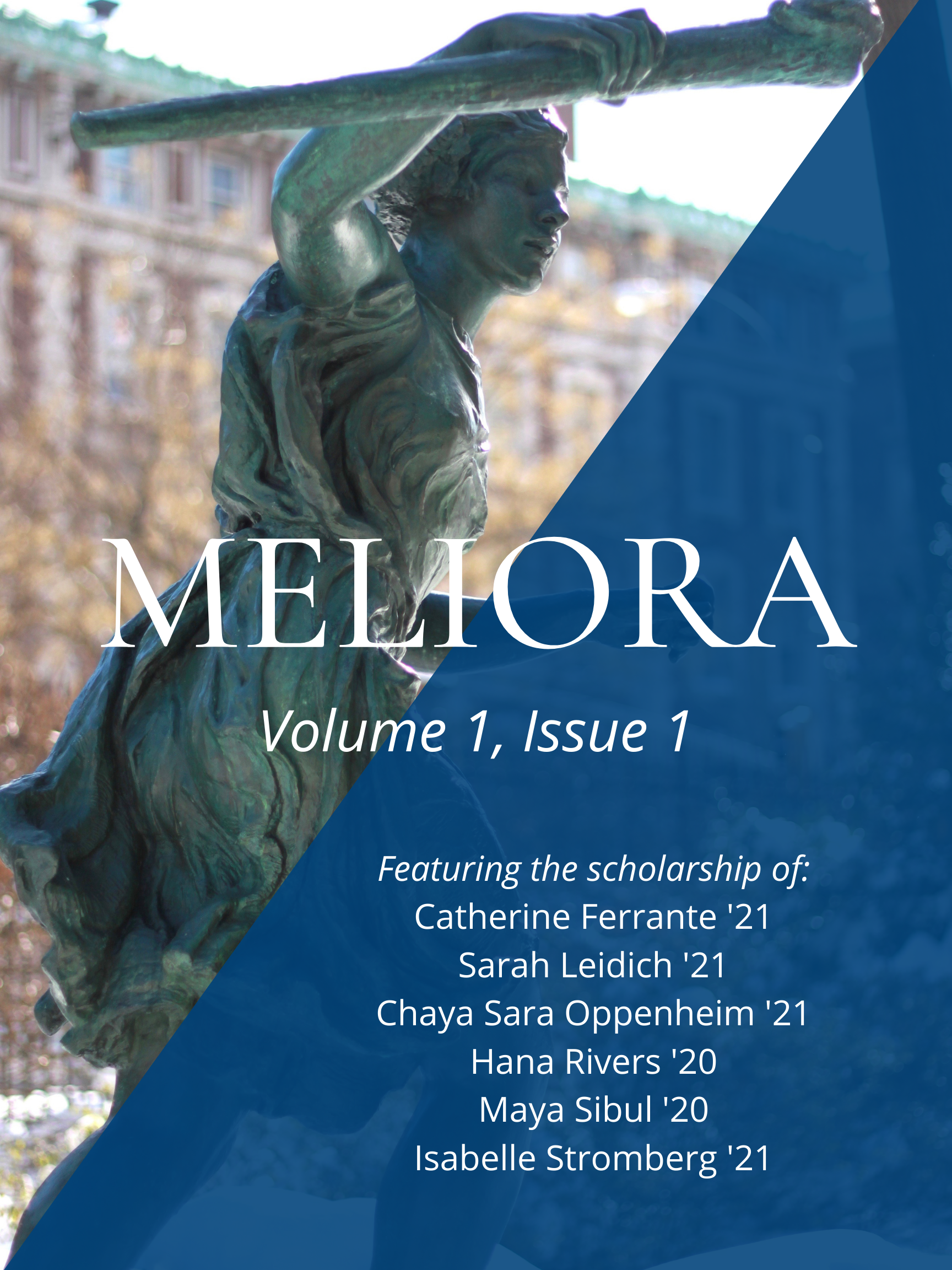摘要
This paper examines the text’s material memory despite aesthetic ‘forgetfulness’ in Kazuo Ishiguro’s An Artist of the Floating Word. Repurposing traditional notions of ekphrasis—the literary description of visual art—to better understand the modern process of self-making, this essay offers Ishiguro’s ‘ekphrastic occasion’ as a tangible remnant that disrupts ideas of objectivity just as it fabricates them. Further, it claims that subjective narrative, such as first-person memory or vivid individual portraiture, often functions as a palpable archive even as it seeks to obfuscate the idea of an objective archive. In this way, material description, rather than adhering to Sebald’s post-war ideal of “unpretentious objectivity,” becomes instead a nuanced site of heightened subjectivity (The Natural History of Destruction 53). We see the “play of writing and reading the world” as an insistently fraught and self-conscious endeavor (Haraway, The Cyborg Manifesto 152). Along these theoretical lines, this argument seeks to harness the idea of a ‘sentient’ archive to reframe the traditional relation between object (the novel) and subject (the reader) as one of mutual animation, breath, and correspondence.
##submission.copyrightStatement##

